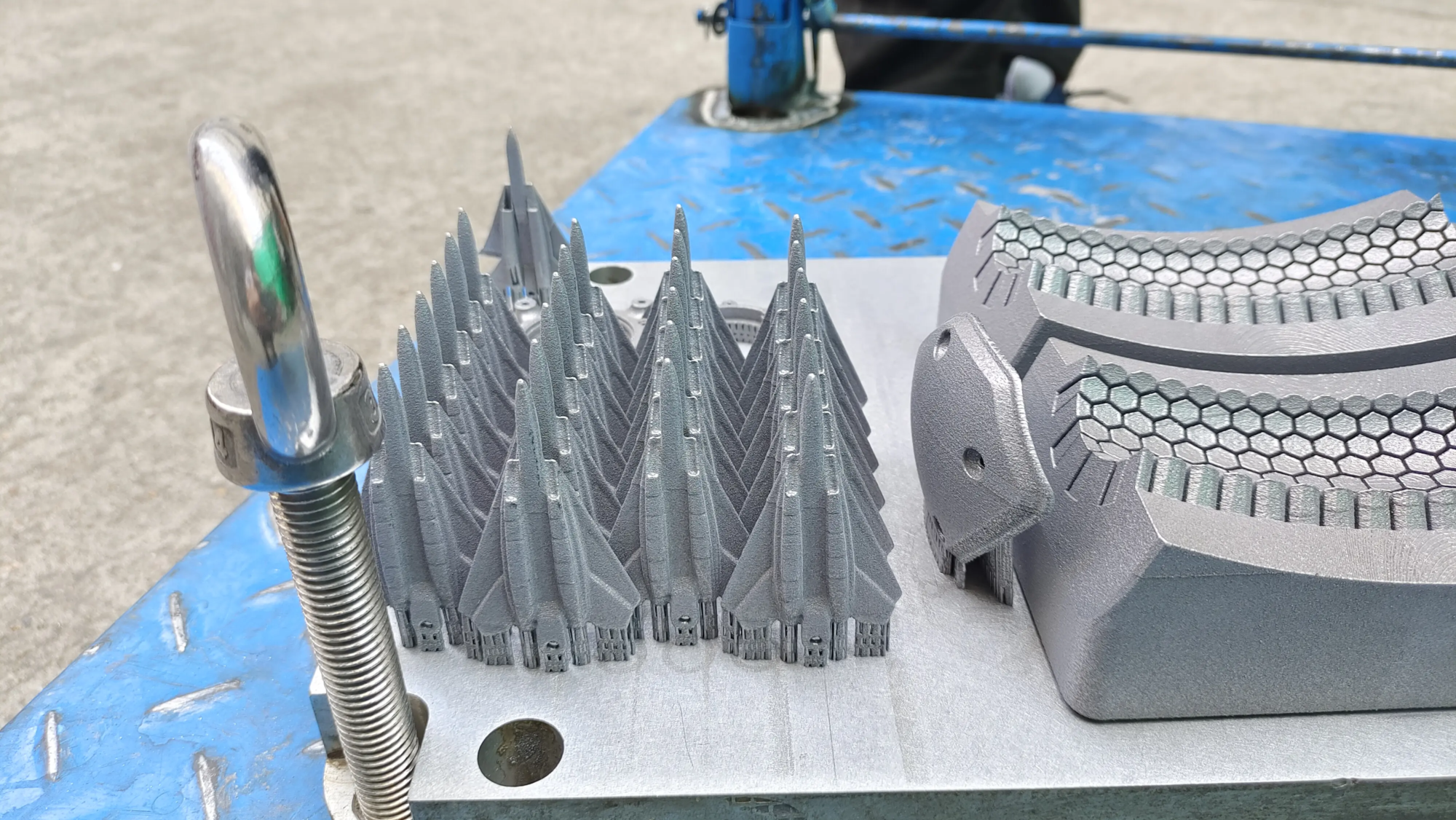One of the most exciting applications when it comes to 3D printing is to create custom cookie Cutters. With the ability to design and print complex shapes and designs, 3D printed cookie cutters have become a popular item among baking enthusiasts. But, like any new technology, people are concerned about the safety of using 3D printed cookie cutters. In this article, we will dig into the world of 3D printing cookie cutters and explore the safety aspects of using them.
First, it is necessary to understand the materials used in 3D printing. Most 3D printed cookie cutters are made of plastic, especially pla (polylactic acid) or ABS (acrylonitrile butadiene styrene). PLA is a biodegradable and non-toxic material, while ABS is a more durable but more toxic material. When food contact is involved, PLA is generally considered safe and ABS is not recommended.
Another key aspect to consider is the printing process itself. 3D printing involves melting and extruding plastics that may potentially release particles or chemicals into the air. However, most modern 3D printer designs have safety features that minimize emissions and ensure a clean printing environment. Additionally, post-processing techniques such as sanding or coatings can help smooth the surface of the cookie cutter, reducing the risk of particles or chemicals immersion into food.
In addition, the design of the cookie cutter itself will also affect security. A complex design with sharp edges or points may carry bacteria or other microorganisms that can then be transferred to food. To mitigate this risk, it is necessary to design cookie cutters with smooth, rounded edges and clean them regularly.
To ensure the safety of 3D printed cookie cutters, it is also crucial to follow appropriate processing and storage procedures. Cookie cutters should be stored in a clean, dry environment away from direct sunlight and moisture. Before use, wash the cookies with soap and water and then disinfect with a diluted bleach solution.
In terms of regulations, the FDA has established guidelines for the use of 3D printed materials in food contact applications. According to the FDA, 3D printed materials must comply with the same regulations as traditional materials, including requirements for non-toxic and non-reactive properties.
In short, as long as the correct material is used, the printing process is well controlled and the correct processing and storage procedures are followed, it is safe to use a 3D printed cookie cutter. By understanding materials, printing process, and design considerations, bakers can enjoy the creative possibilities of 3D-printed cookie knives while ensuring the safety of their baked goods.
FAQ:
Q: What materials can be used in 3D printing cookie cutters?
A: It is generally believed that PLA (polylactic acid) can be used for food contact safety, while ABS (acrylonitrile butadiene styrene) is not recommended.
Q: Can I use any 3D printer to print a cookie cutter?
A: No, a 3D printer designed specifically for food grade printing has to be used, with features such as closed printing rooms and HEPA filters to minimize emissions.
Q: How to clean and disinfect 3D printed cookie cutters?
A: Clean the cookie cutter with soap and water, and then disinfect with diluted bleach solution.
Q: Is the 3D printed cookie cutter adjusted by the FDA?
A: Yes, the FDA has established guidelines for the use of 3D printed materials in food contact applications, requiring non-toxic and non-reactive.
Q: Can I design my own 3D printed cookie cutter?
A: Yes, with the right software and 3D printers, you can design and print your own custom cookie cutter. However, make sure your design takes into account safety considerations such as smooth edges and minimal gaps.
ISO 9001 Factory





